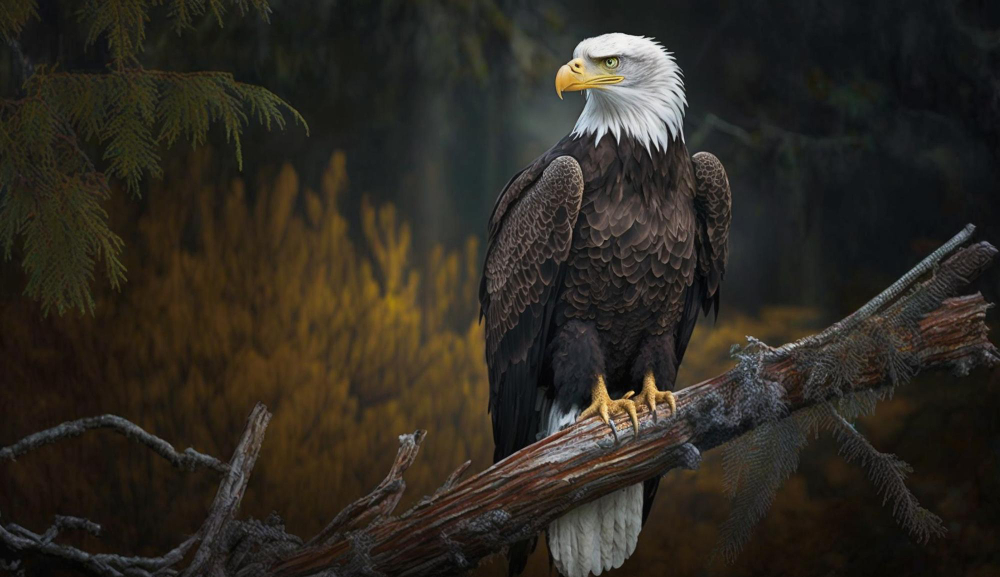Birds & Wild Life
Ecological Reserve - Wildlife & Bird Sanctuary
Bird Watching
Our Bird’s sanctuary resort is a bird lover’s retreat! It is one of the most popular bird sanctuaries in the Ruby Lake region. We host one of the largest concentrations of wood ducks on the sunshine coast. Furthermore, Ruby Lake is home to over 120 bird species that stay there throughout the four seasons. We also have 3 different species of swallows (Barn, Tree, and Violet-Green) nesting spread across the sanctuary. During the spring season, a flock of over 5,000 swallows can be seen over Ruby Lake. Other regular birds include Blue Herons, Bald Eagles, Kingfishers, Hawks, Ospreys, Turkey Vultures, and Hummingbirds.
Other than birds, it is also a home to over 150 species of trees and plants that attracts beautiful creatures such as butterflies.
Aldo Cogrossi started building bird houses almost as soon as he arrived on the BC coast. You will spot more than 40 of them on the sides of cottages, telephone poles, the tops of houses and under the eaves of the restaurant.
Have a look at our property and bird checklist on the e-bird website,Ruby Lake Resort Bird Sanctuary here or a complete list of the many diverse species that we have spotted onsite! If you are an e-birder yourself, please also enter your data when you visit our property to help us record and keep an accurate and up to date record.
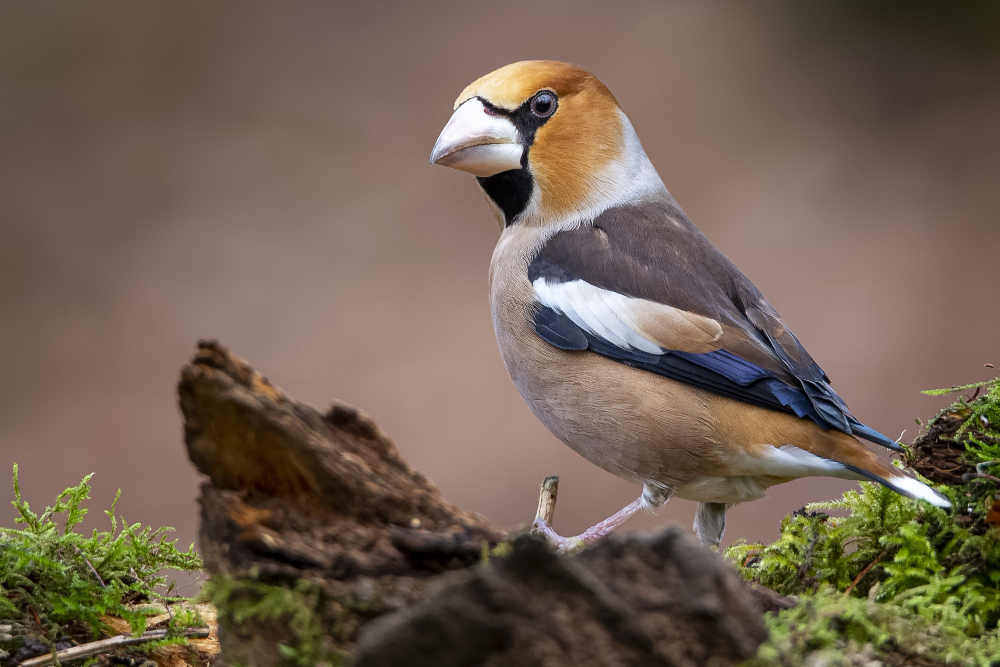
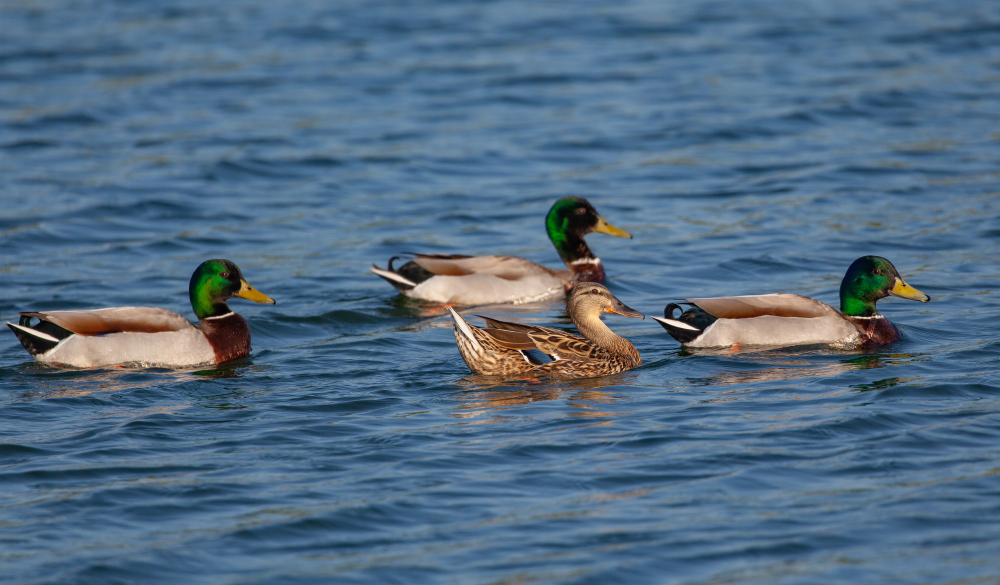
Wood Ducks
These wood ducks have been the center of attraction for quite some time now. Male wood ducks are considered to be the most stylish and well-dressed birds adding to the lively nature of our magnificent ponds.
The birds typically nest in the tree cavities, but they are also getting accustomed to nesting homes installed by Aldo. Each summer, we witness 16-30 ducklings. After the ducklings’ hatch, the mother gives them a call and brings them towards the nest, and tiny, just day-old ducklings make their way inside the box.

Painted Turtles
Everyone loves checking out our painted turtles, so here are some fun facts about painted turtles you might not have known before. Memorize them and look like a genius at the dinner table tonight!
Painted turtles don’t have teeth.
But they can still eat. Painted turtles have horny plates, like rough sandpaper, on their jaws that helps them grip food. They have to eat in the water because their tongues don’t move freely, so the water helps to swish the food around their mouths as they grind up it up with their horny plates.
They can hold their breath a long time.
Most painted turtles hibernate on the bottom of ponds and lakes, holding their breath all winter.
How long can you hold your breath?
You can count the rings on a painted turtle to see its age, just like a tree.
The shell of a painted turtle is made up of 13 bone plates, called scutes. When the turtle grows, it sheds the outside layer of its scutes and grows new plates underneath. Count the rings on the scutes and you’ll know the age of your turtle!
A turtle is a boy or a girl based on its temperature during embryogenesis.
Painted turtles are not male or female by genetics. Instead, their gender is determined by outside temperature while they are in their eggs. Colder temperatures produce males, while warmer temps —usually above 84 degrees — produce females. That means most eggs in a nest hatch as the same gender.
Painted turtles like the sun.
Painted turtles will come out of the water to spend time in the sun, called basking. This helps rid them of parasitic leeches. Annie and Jeff often sit on top of each other to bask, and this isn’t unusual. Some researchers have seen up to 50 turtles on one log, stacked on top of each other.
They’re everywhere!
Painted turtles are the most common and widely spread turtles in North America. They are found from southern Canada to northern Mexico and all across the United States.
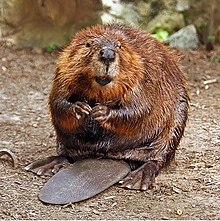
Beavers
Do you feel strongly about beavers? Some people think they are pests, cutting down trees and some, like us, think they are saviors of our wetlands. So, let’s sort through some beaver facts.
First, they are the largest rodent in North America. And what defines a rodent? They are mammals with continually growing front incisor teeth. And did you know 40% of all mammals are rodents?
Second, beavers are one of the few animals that modify their habitat. In order to protect their families, they build their homes in the middle of ponds. But the cool part? They dam up streams to create the ponds. Wow.
And we always love when animals mate for life, which beavers do. Plus they are fiercely loyal to their families. Only if one mate dies, do they find a new love.
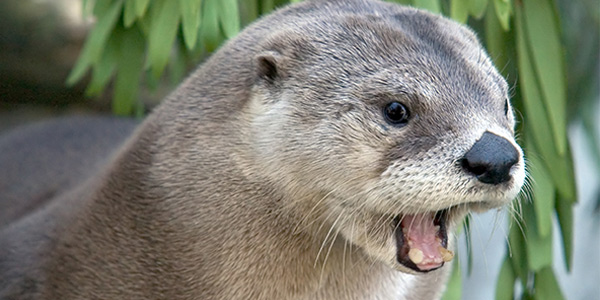
North American River Otter
The playful North American river otter is well adapted for semi-aquatic living. The mammals have thick, protective fur to help them keep warm while swimming in cold waters. They have short legs, webbed feet for faster swimming, and a long, narrow body and flattened head for streamlined movement in the water. A long, strong tail helps propels the otter through the water. They can stay underwater for as many as eight minutes. North American river otters have long whiskers, which they use to detect prey in dark or cloudy water, and clawed feet for grasping onto slippery prey. They are very flexible and can make sharp, sudden turns that help them catch fish. Their fur is dark brown over much of the body, and lighter brown on the belly and face. On land a river otter can run at speeds of up to 15 miles (24 kilometers) an hour—they can slide even faster. Their playful snow and mud sliding, tail chasing, water play, and snow burrowing activities also serve other purposes—they help strengthen social bonds and let young otters practice hunting techniques.
A river otter can grow three to four feet (0.9 to 1.2 meters) long including its tail and weigh between 11 and 30 pounds (5 to 14 kilograms). Males are generally larger than females. The tail makes up about a third of their total length.
Non-Bird Visitors & Residents
We get many other animals too at Ruby Lake and Ruby Lake Lagoon. Spot the Fat Trout living at the bottom of the Lagoon when they pop up to feed, and bully the ducks. Walk across the wooden bridge that spans the lagoon and see sunbathing Western Painted Turtles on your way to lunch.
Look out for Beavers, River Otters, Roosevelt Elk, Deer and Bears, amongst many others. Enjoy the many different animals and plants that make up the precious coastal rainforest ecosystem at Ruby Lake Resort.
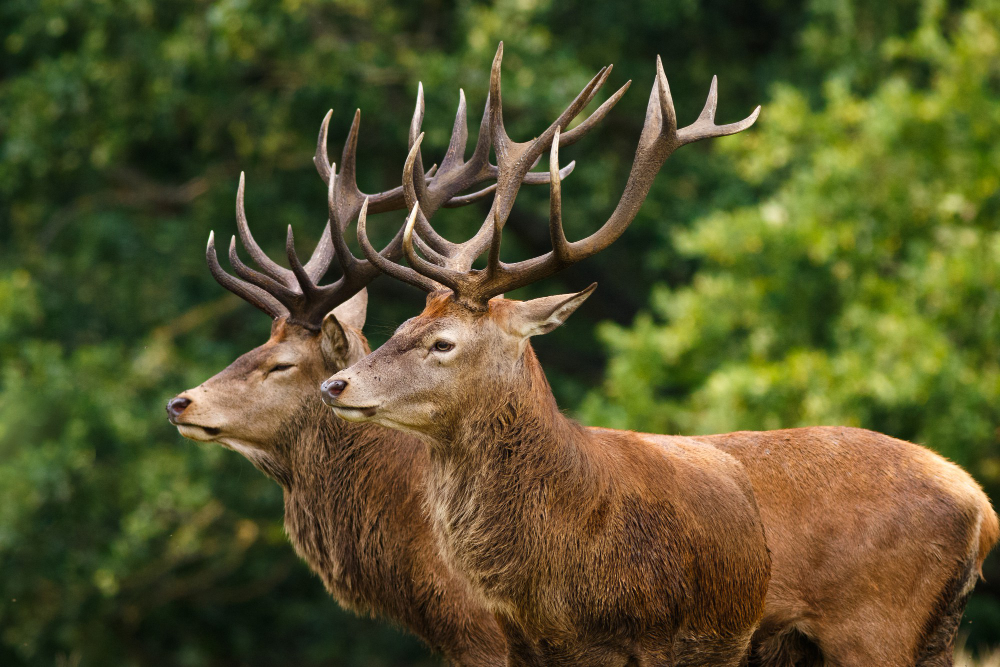

Swallows
There are 3 different species of swallows nesting in the Sanctuary – Barn, Tree, and Violet-Green. Their nesting sites can be seen all over the Cottage area, which looks over the Sanctuary, and additionally to the cottage nesting sites we have swallows nesting around the Restaurant area. Spring flocks of up to 5000 swallows can be seen over Ruby Lake.
Bald Eagles
Up to 20 Bald Eagles, live around the lake and restaurant area. The best time to view these magnificent birds is during the Winter and Spring months, though they can really be spotted at any time of year.
Other regular bird visitors:
There are also many other colorful ornithological visitors at Ruby Lake Resort. Spot Blue Herons, Kingfishers, Hawks, Ospreys, Turkey Vultures, Hummingbirds, Woodpeckers, Barn Owls and many more!
